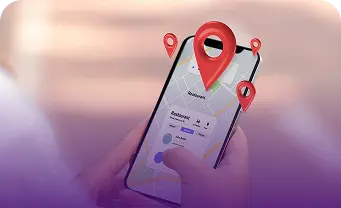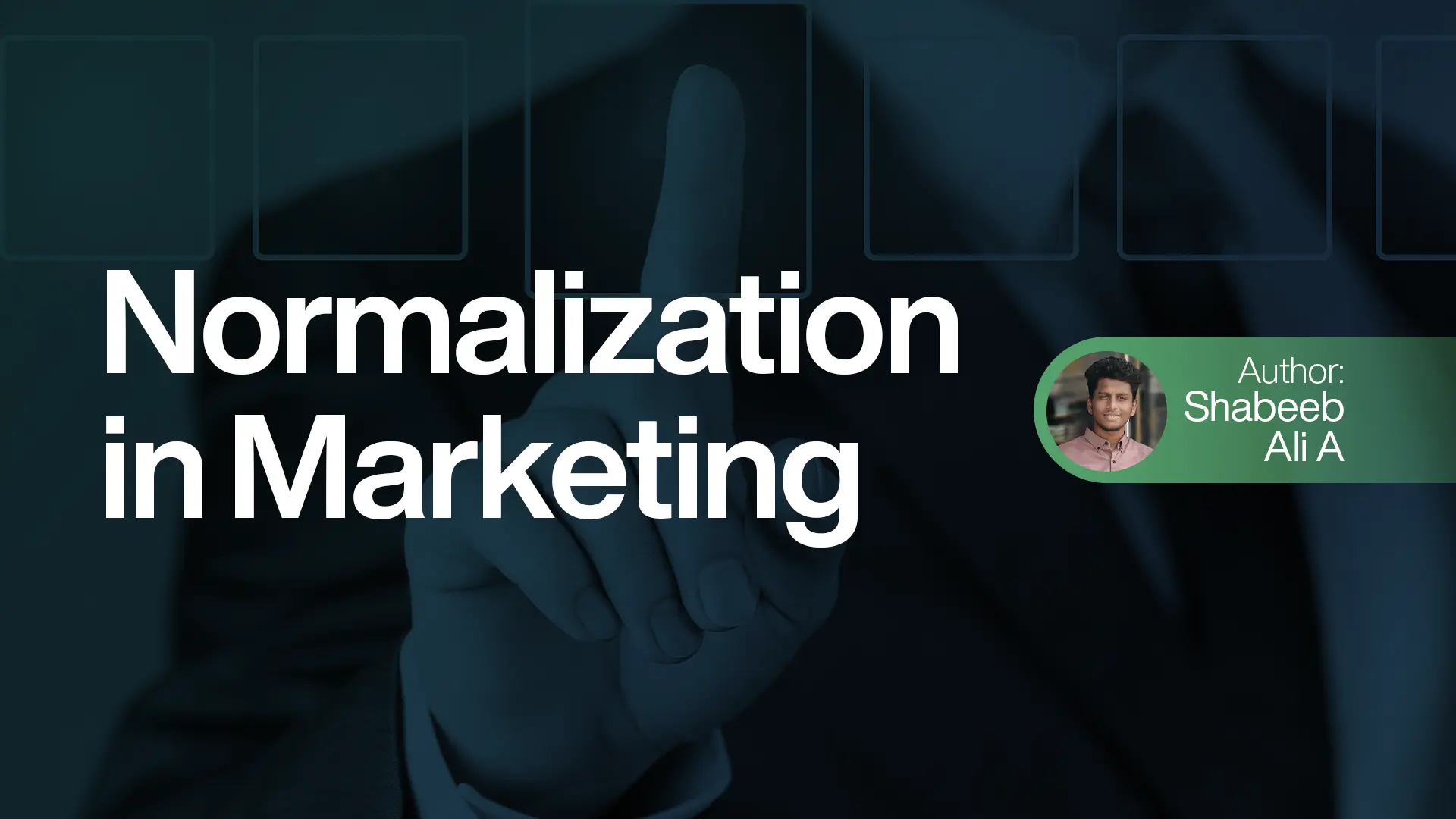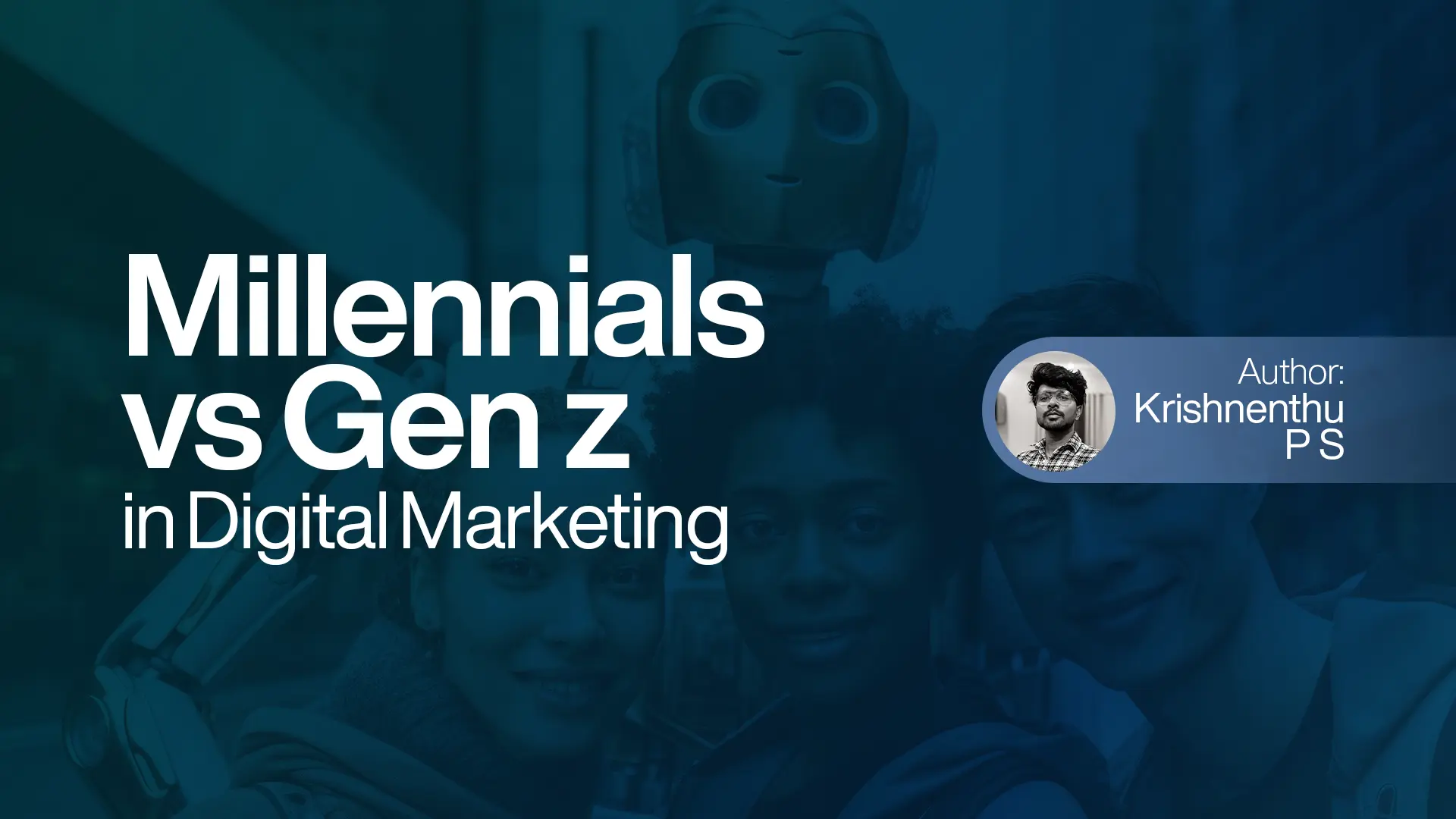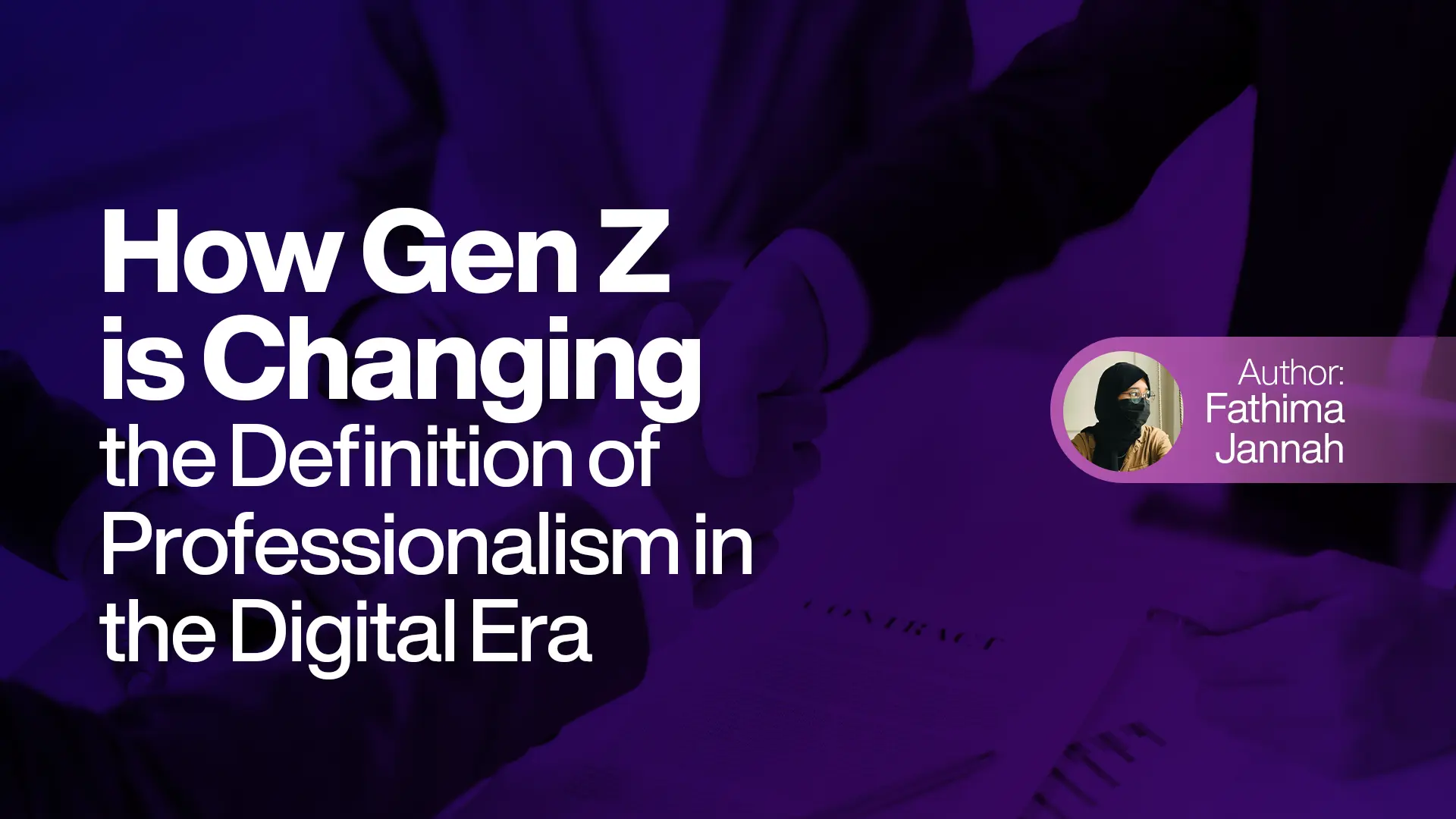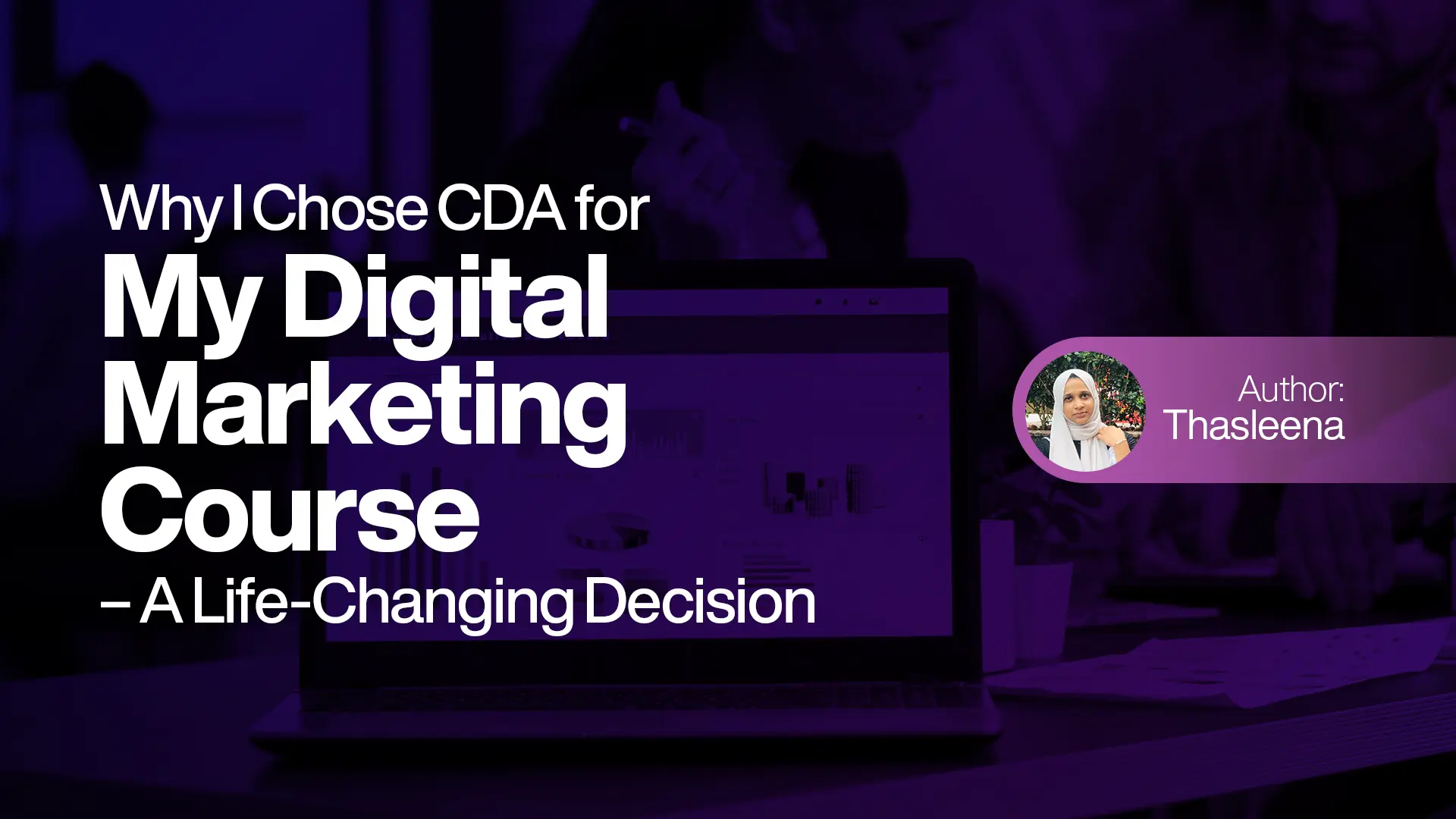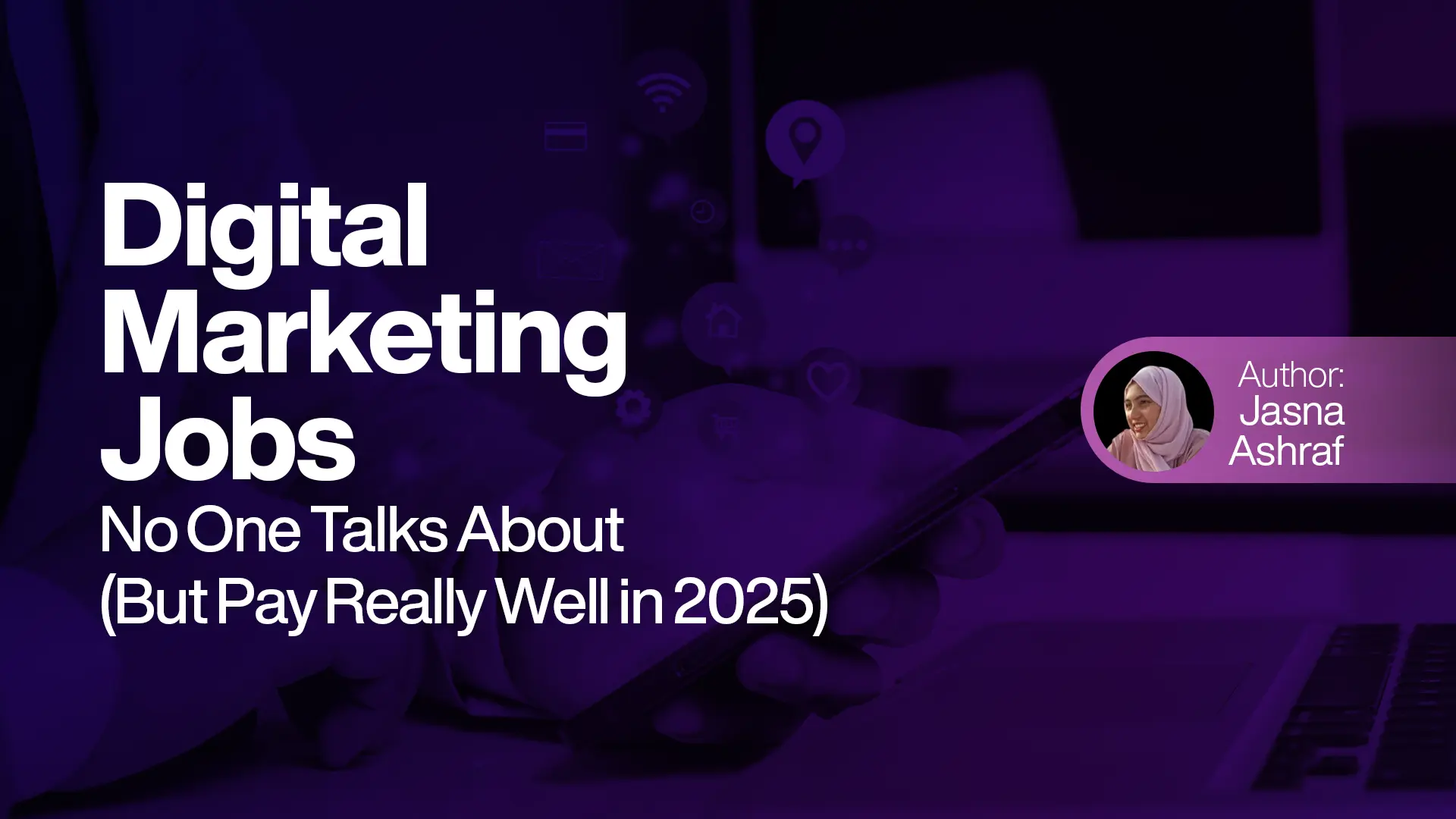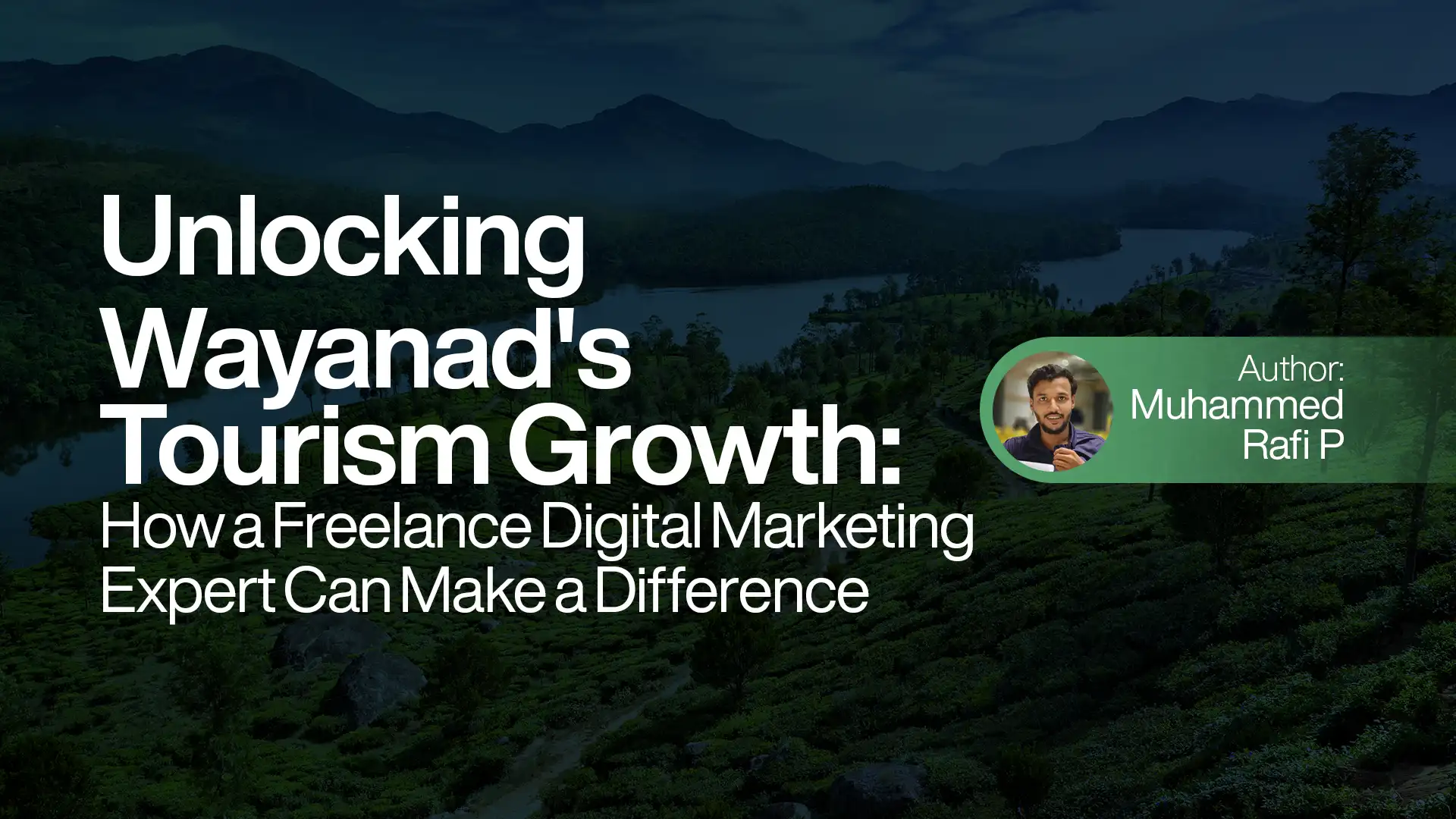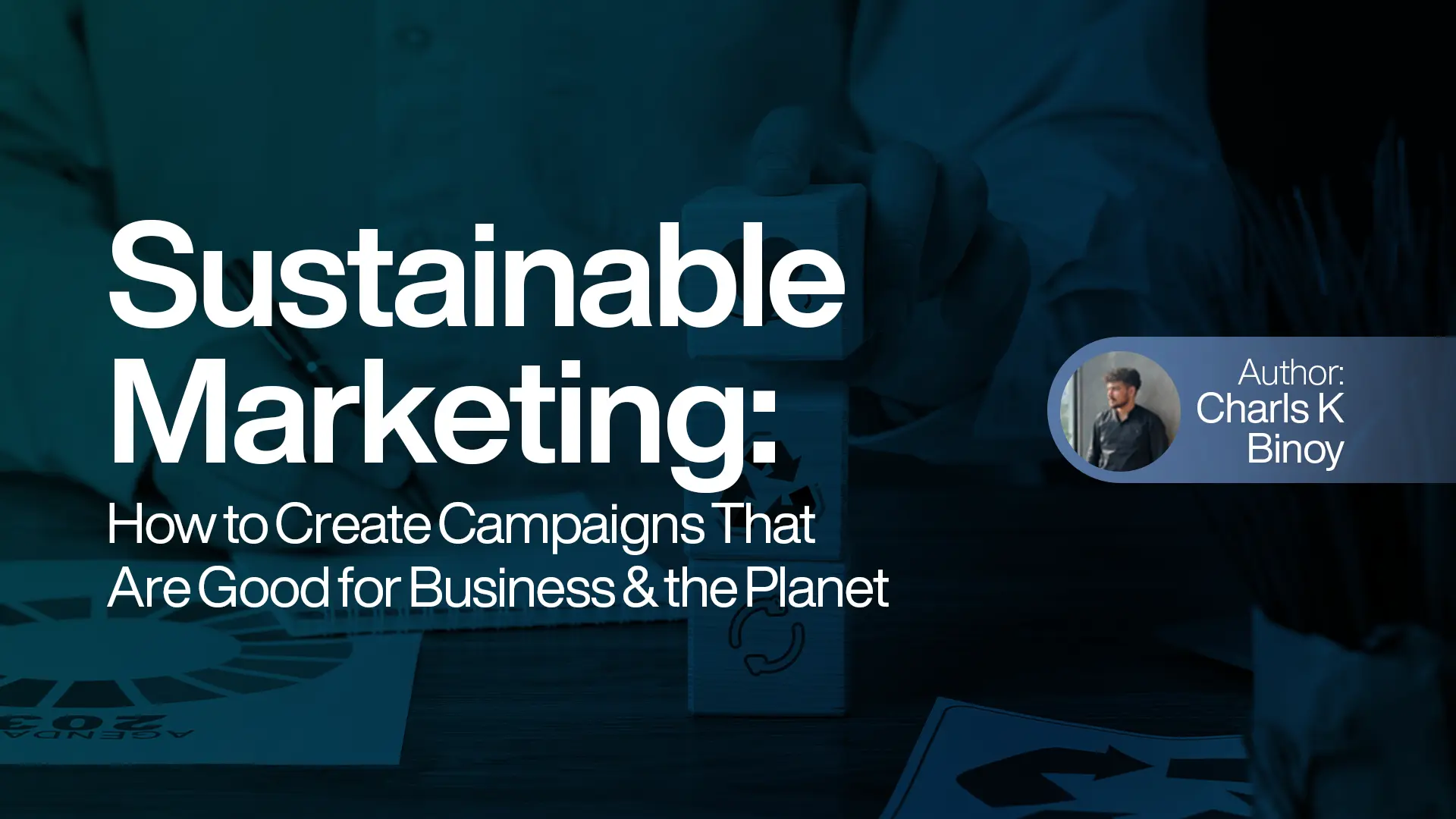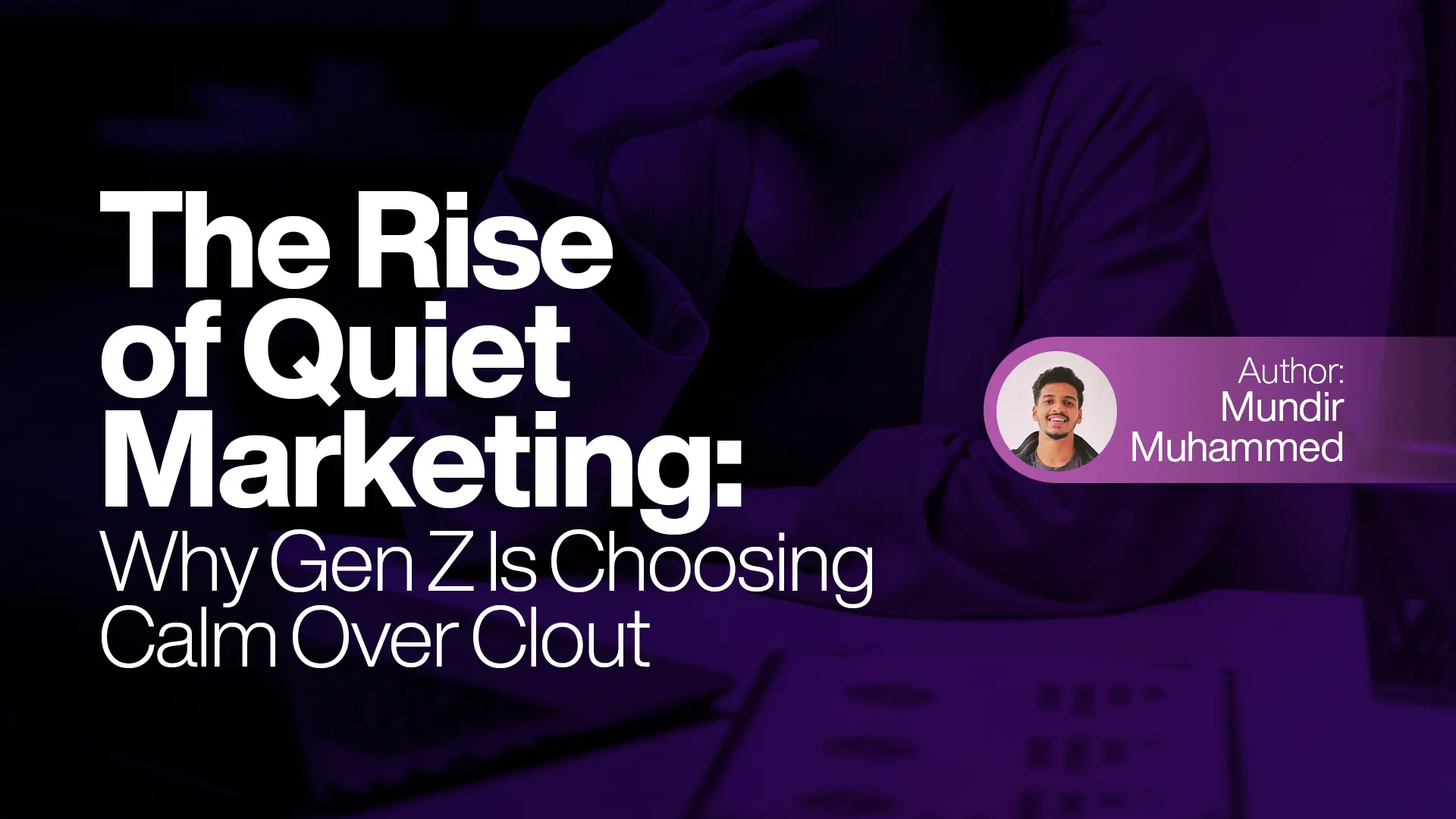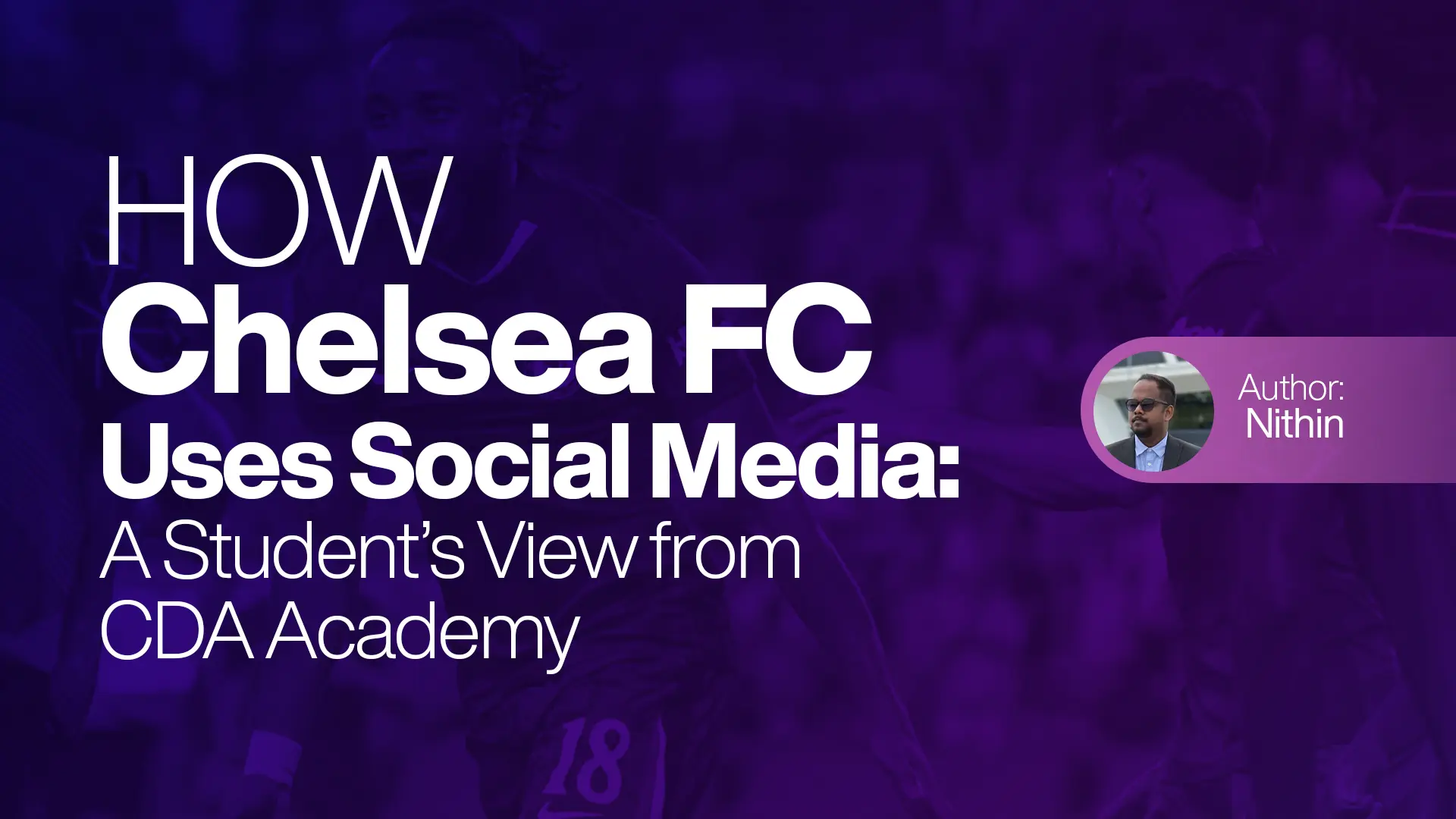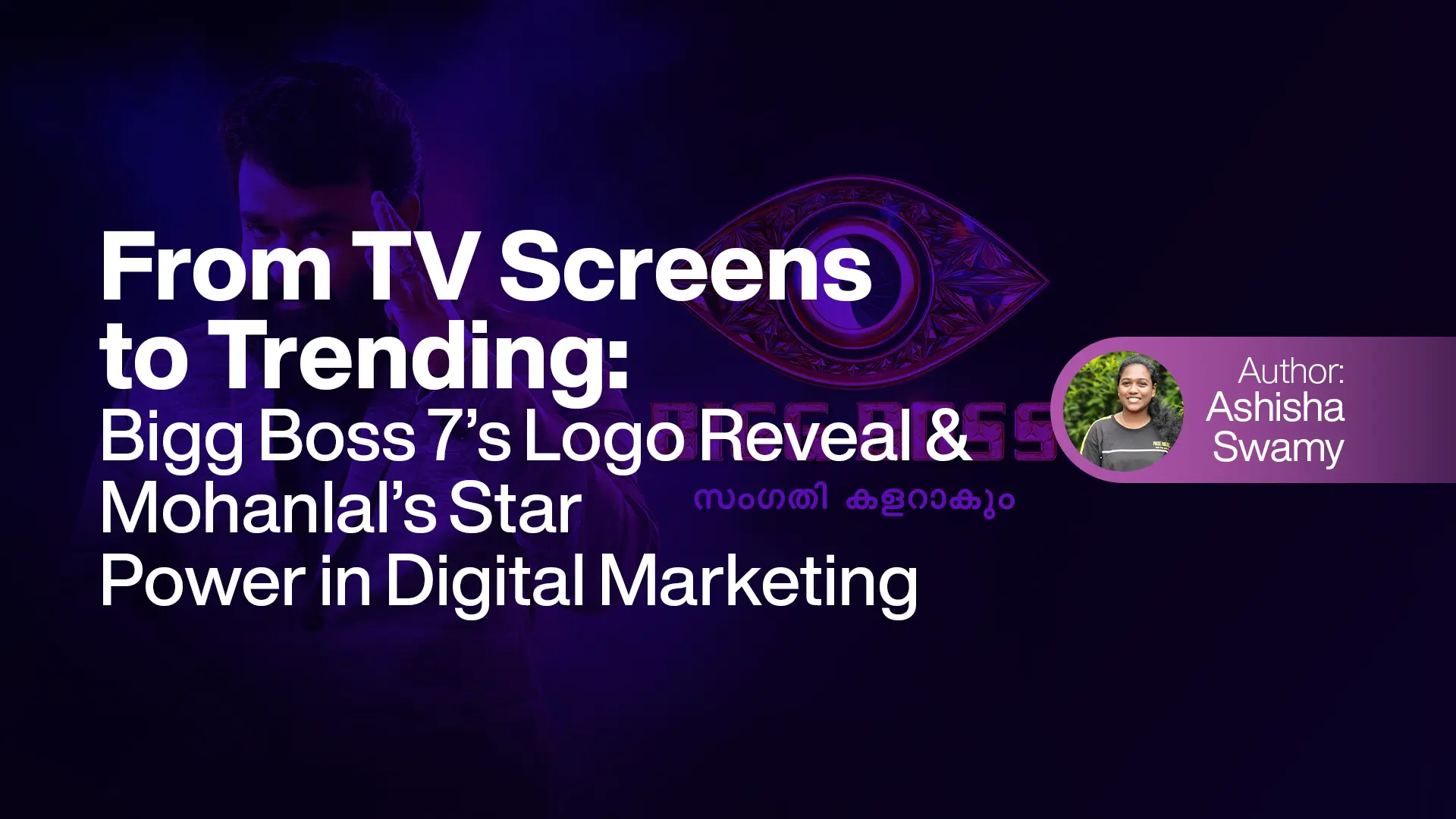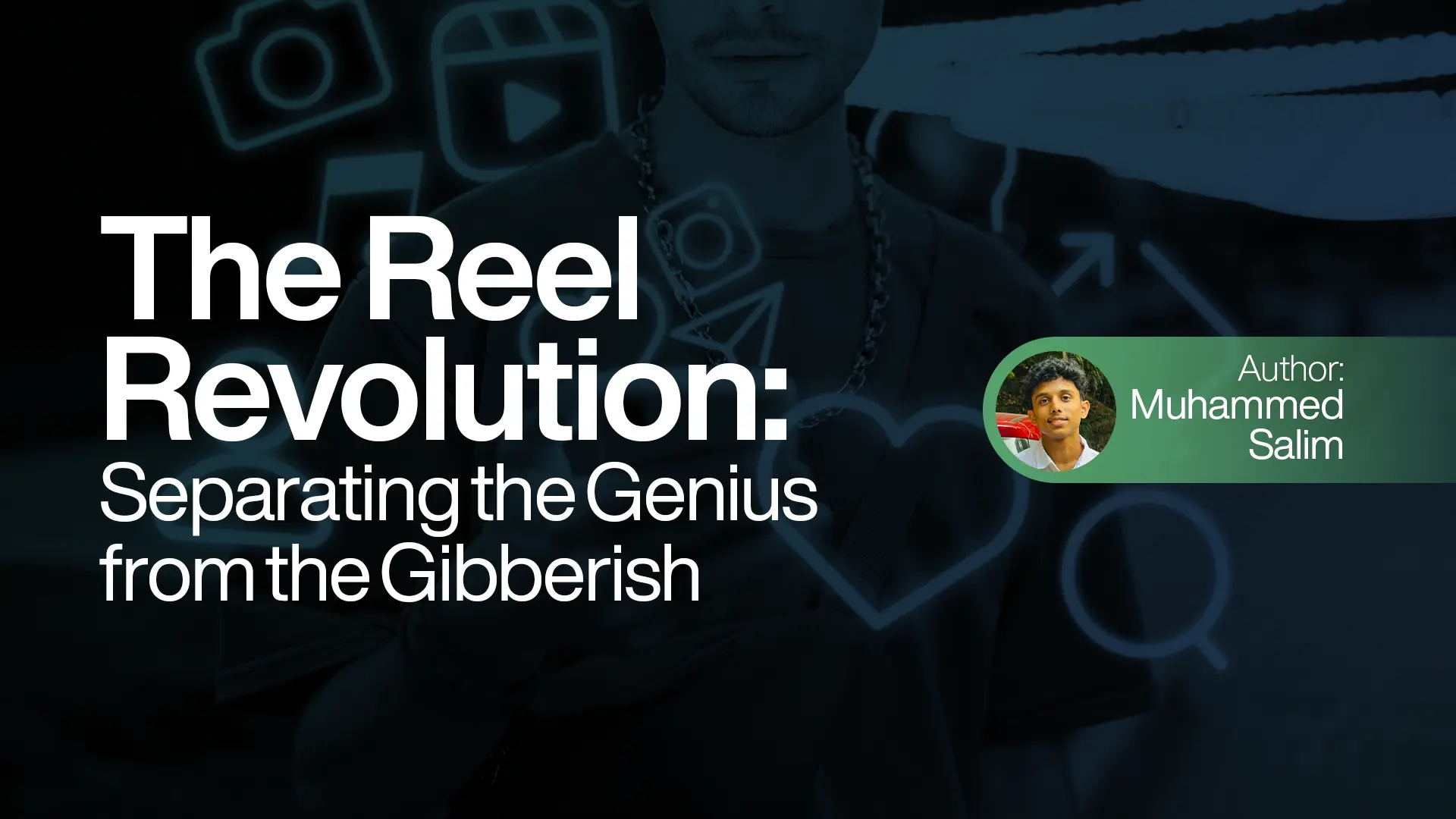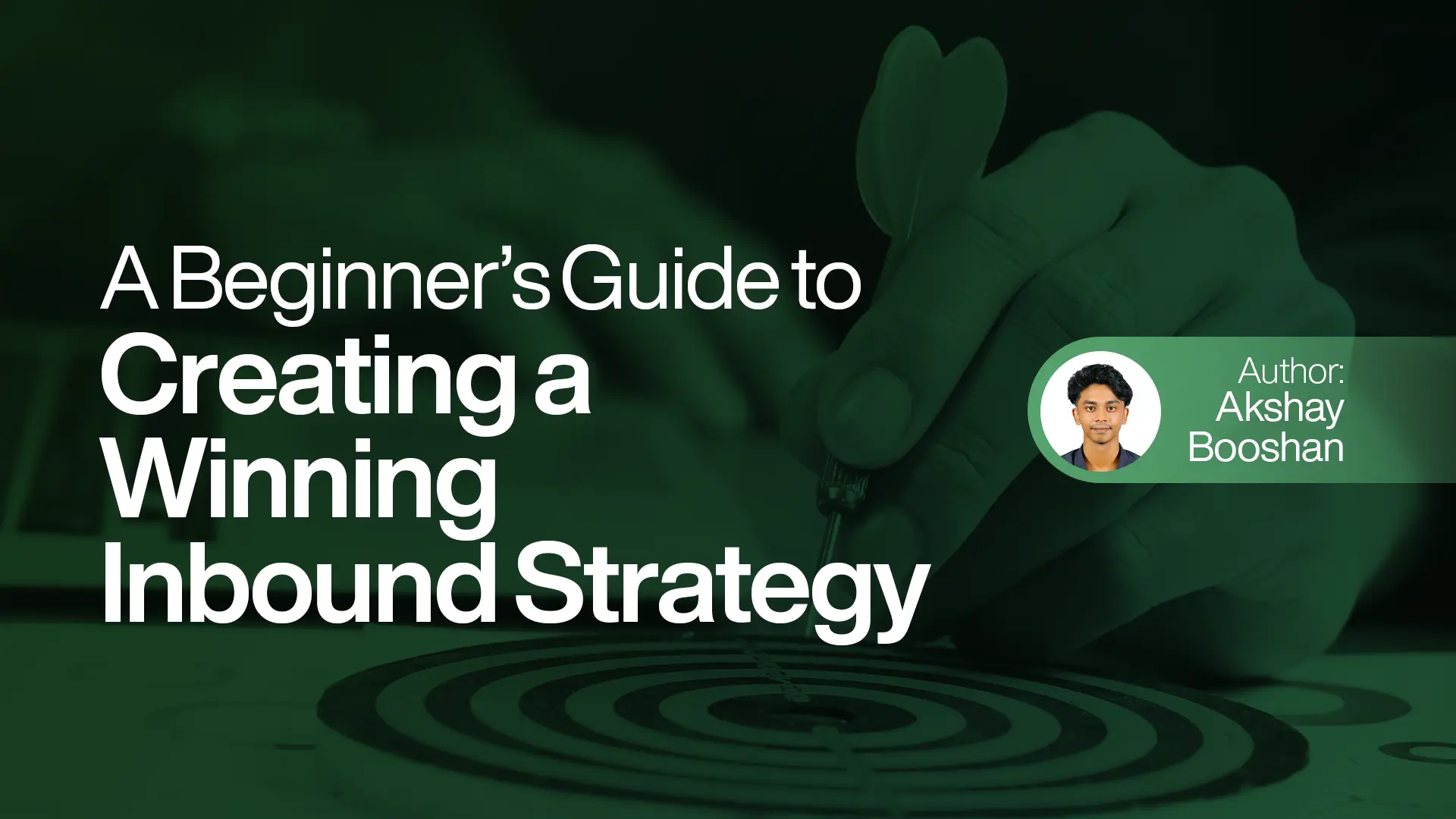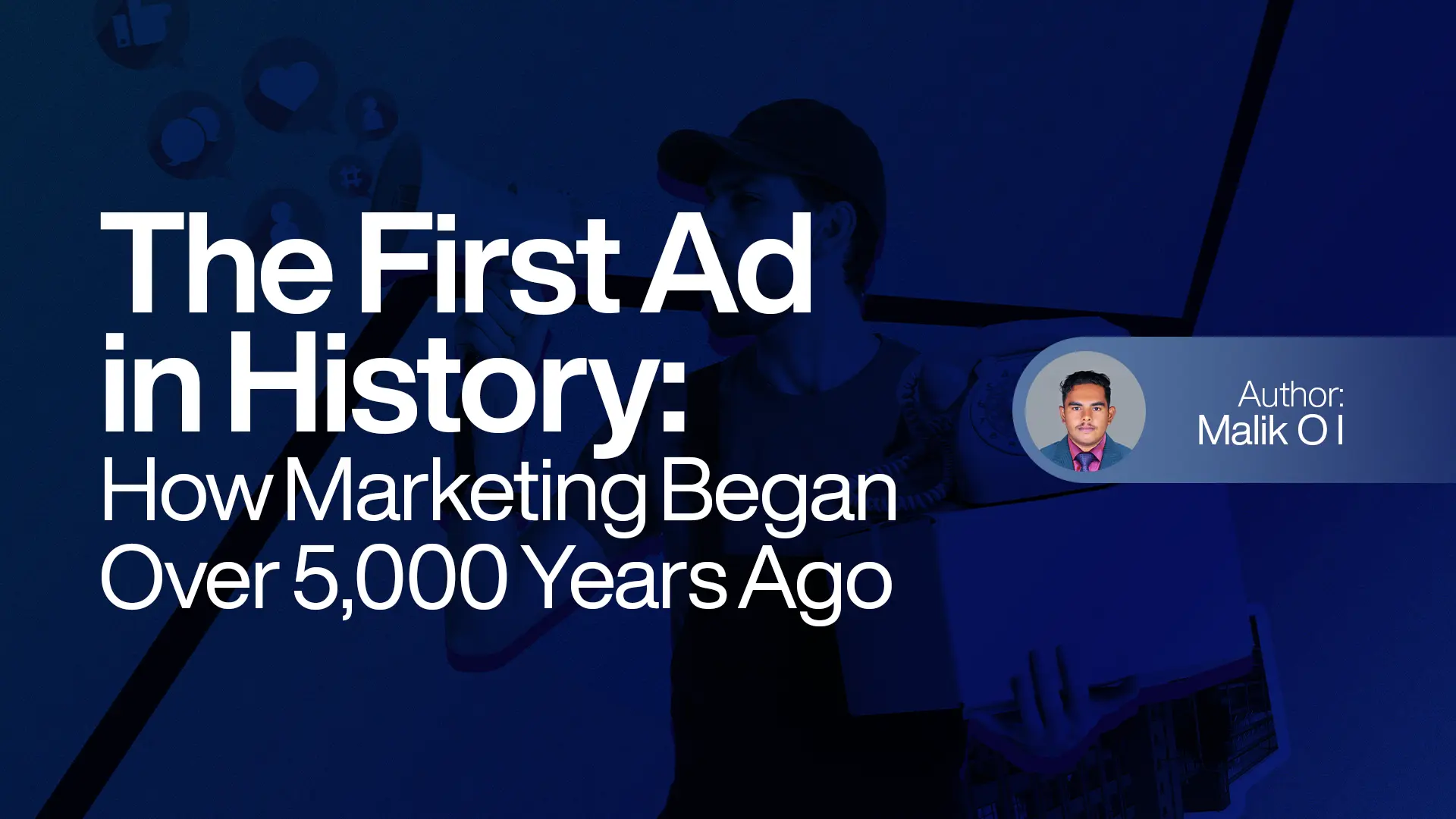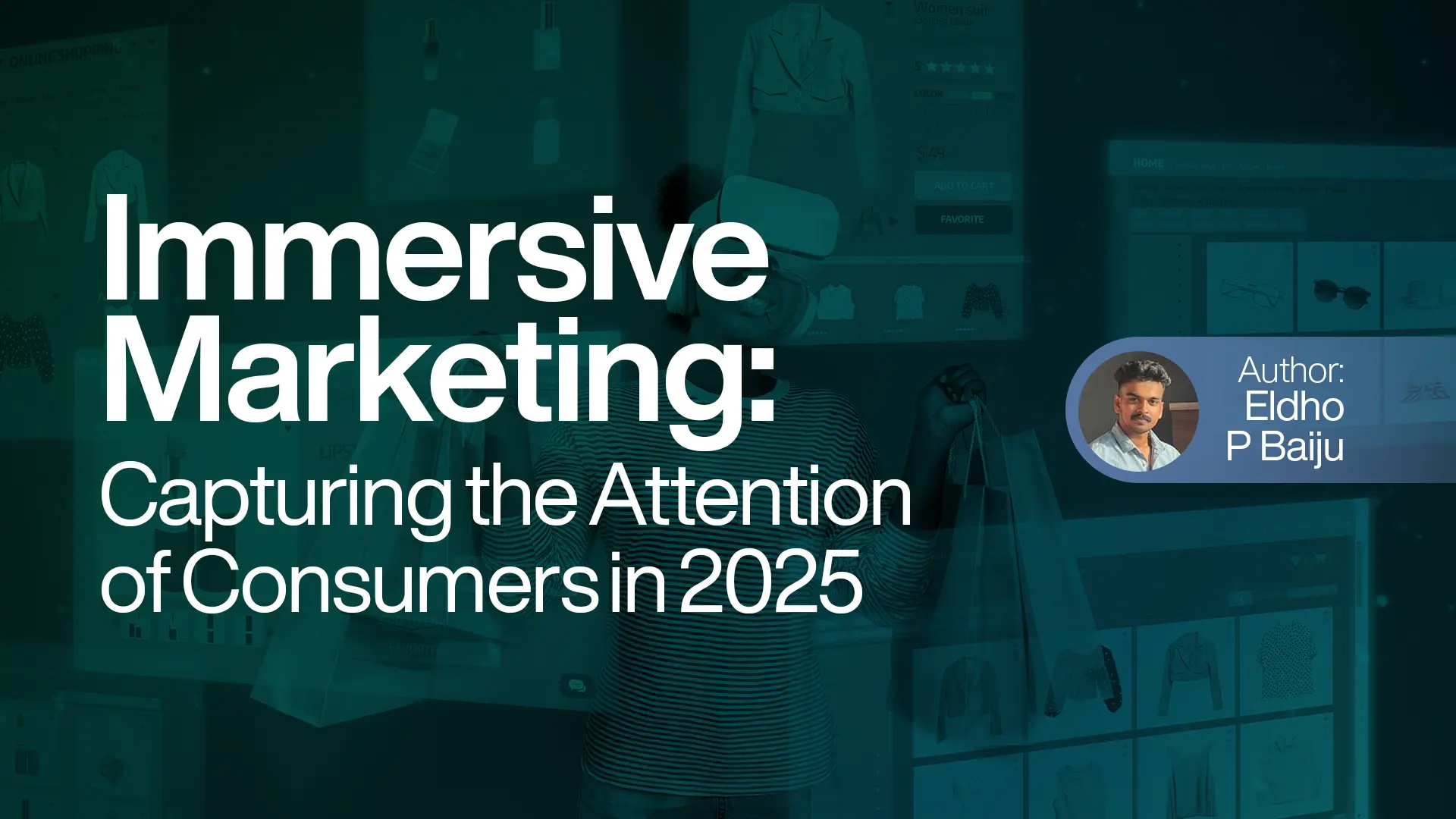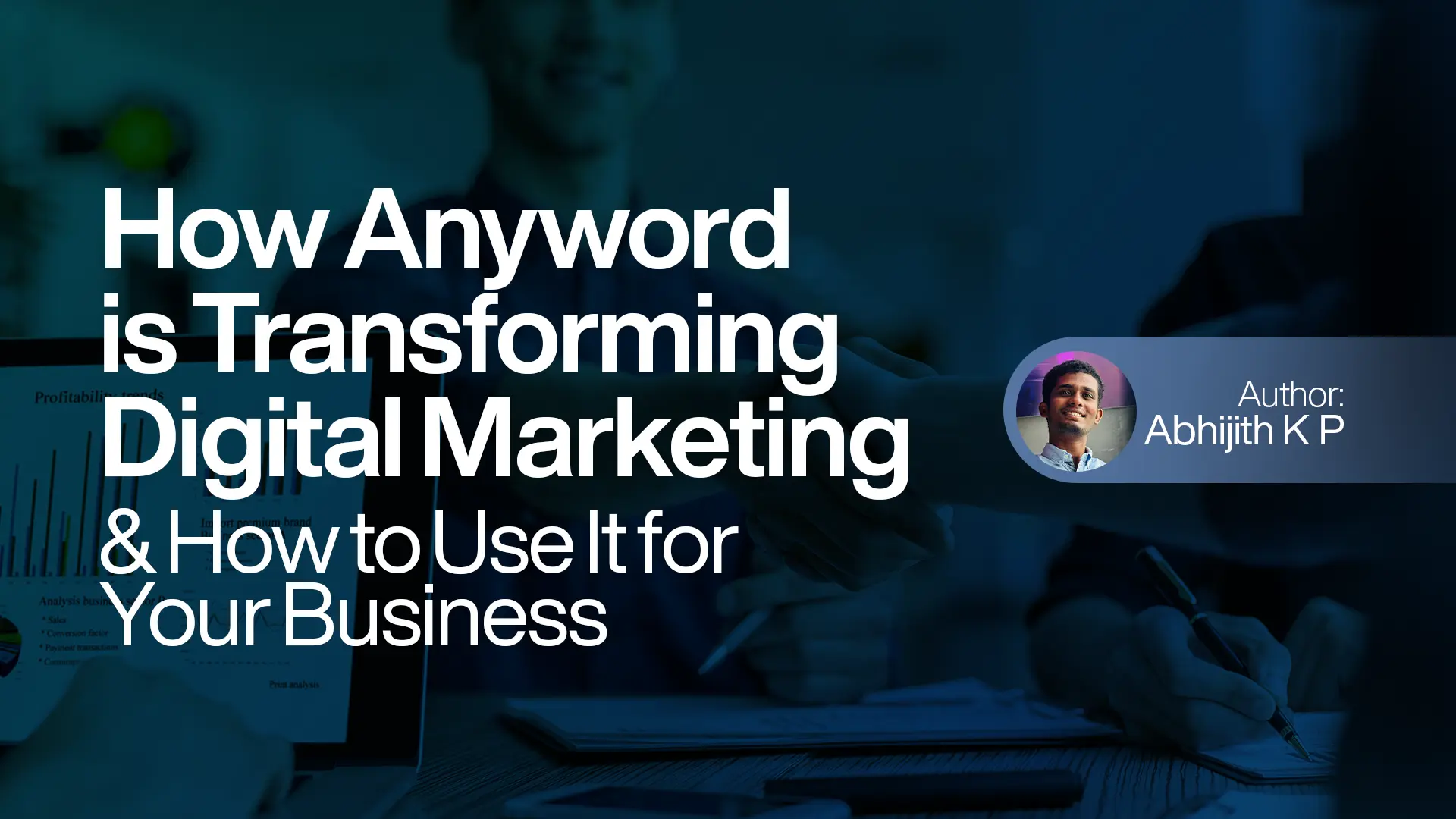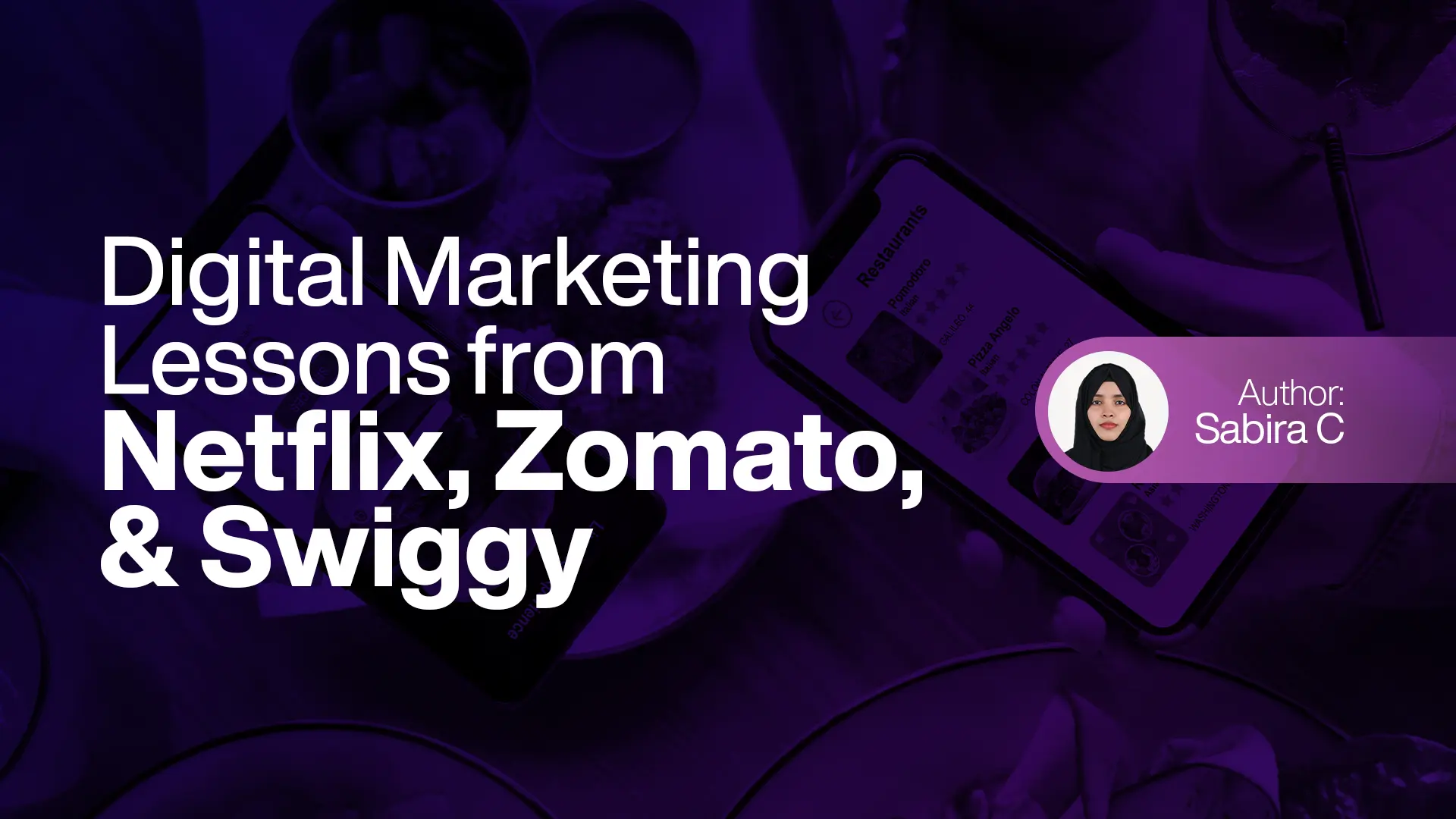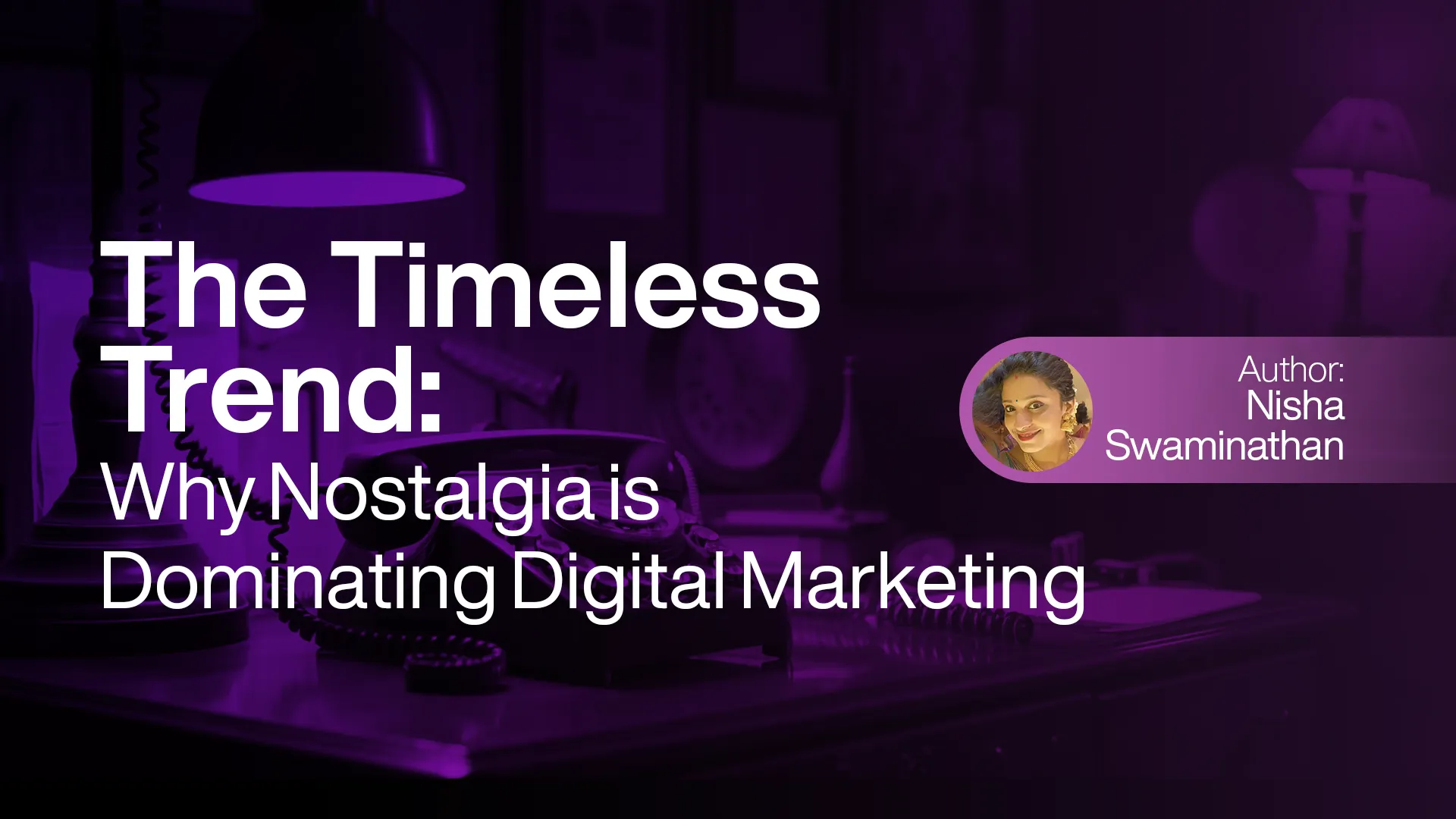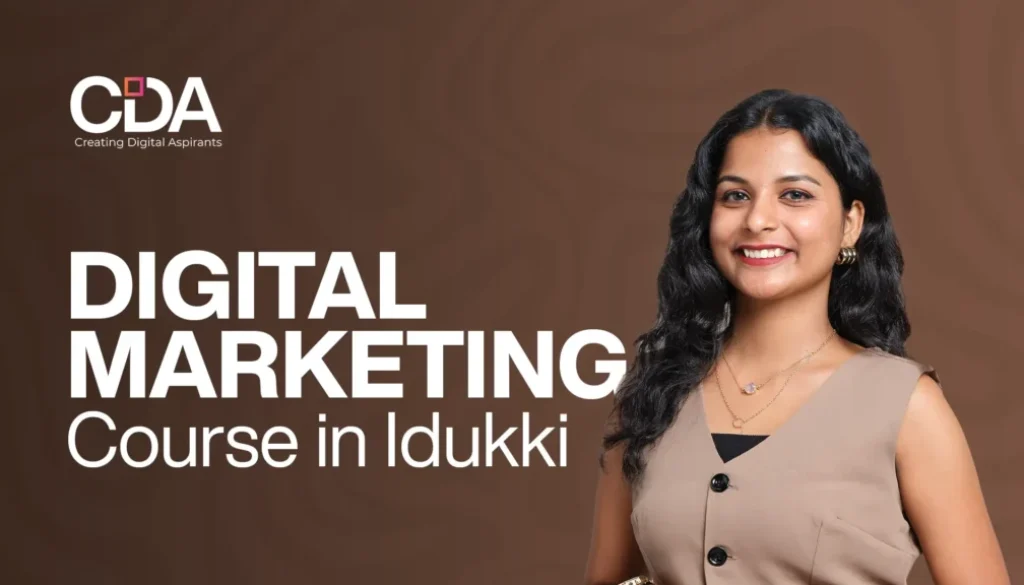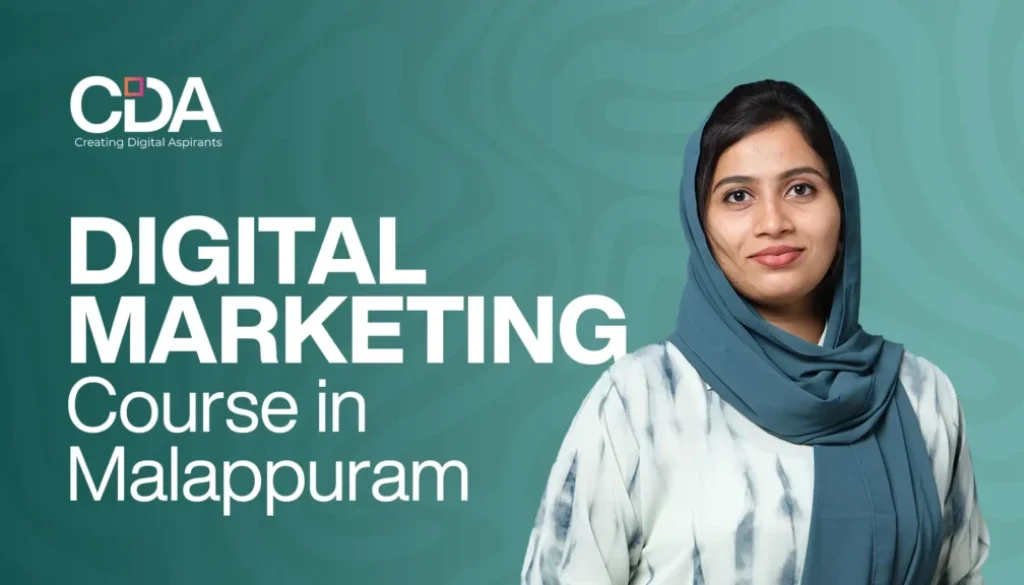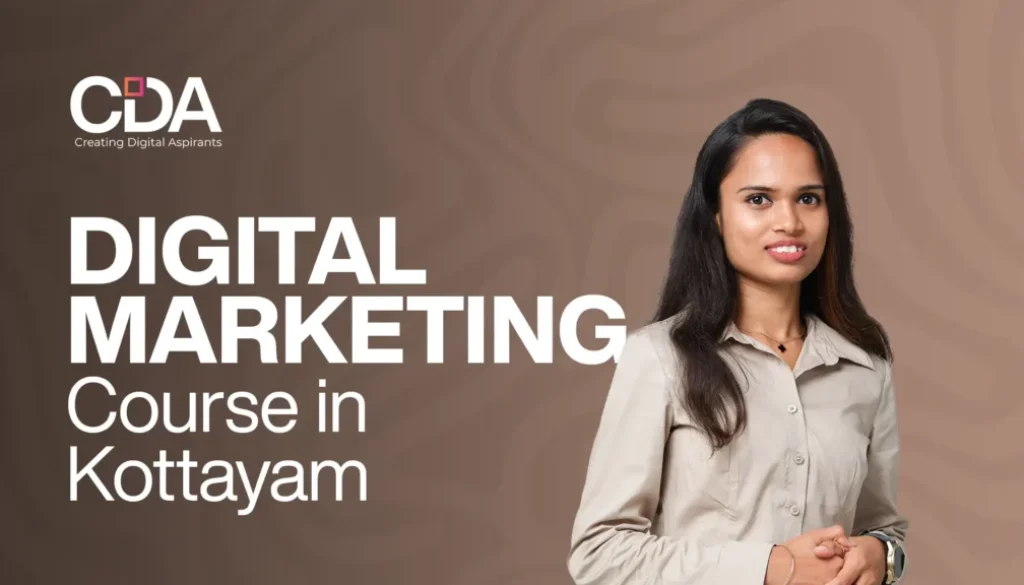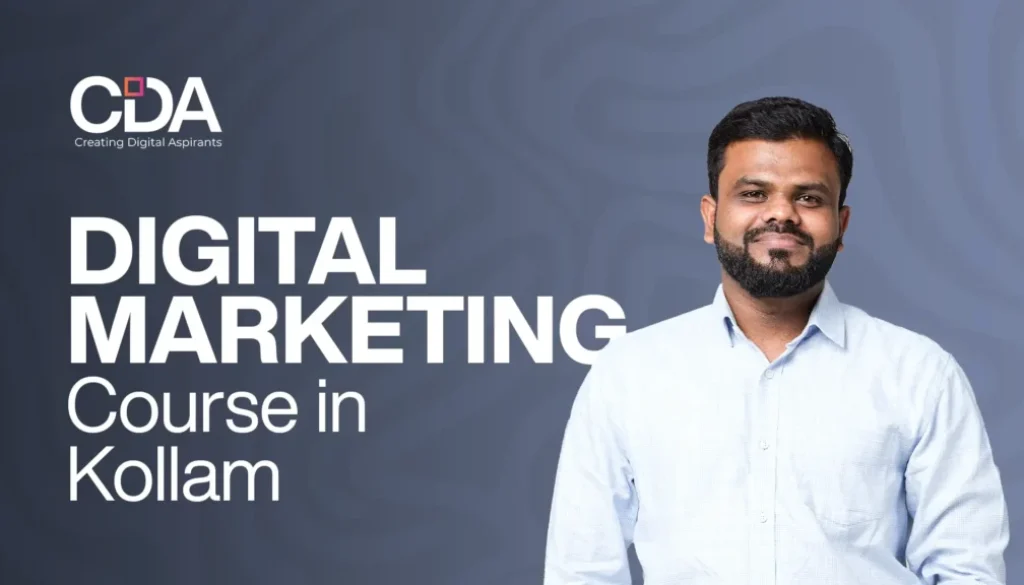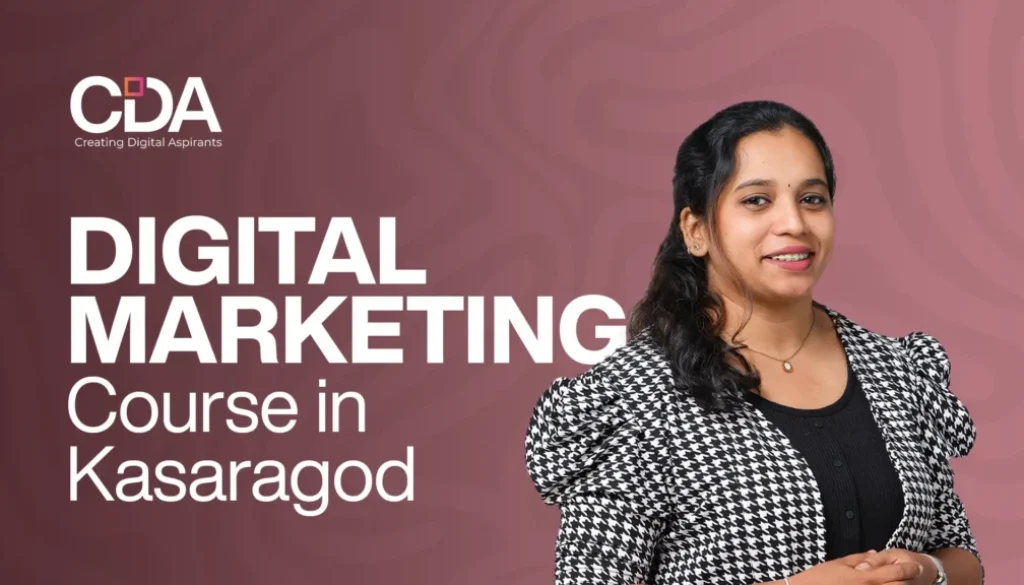In a digital landscape that evolves faster than most of us can keep up with, agility is no longer a luxury—it's a necessity. Trends shift overnight, algorithms update with little warning, and customer expectations continue to rise. Traditional marketing models, with their long planning cycles and rigid execution, are simply too slow to keep pace. That’s where agile marketing steps in.
Agile marketing isn't just a buzzword; it’s a mindset. It’s about responding to real-time data, adapting strategies quickly, and continuously learning. And in today’s hyper-connected, content-saturated world, it can be the difference between a brand that thrives and one that fades into the background.
What Is Agile Marketing, Really?
Agile marketing borrows its principles from agile software development. It emphasizes flexibility, collaboration, iteration, and speed. Instead of working on one giant campaign over several months, agile marketing teams break down their work into smaller projects or "sprints." They launch quickly, measure results, and adjust on the fly.
Think of it like steering a speedboat instead of a cruise ship. You’re quicker, nimbler, and better equipped to dodge the unexpected waves.
Why Does It Matter Now More Than Ever?
The digital world is in constant motion. Consumer habits shift with each new platform, trend, or piece of breaking news. A meme today is forgotten tomorrow. A product review can go viral and redefine your brand image overnight. If your marketing strategy can't pivot fast enough, you risk losing relevance—or worse, trust.
Here are a few reasons agile marketing is essential today:
- Customer-Centricity: Agile lets you stay close to your audience. You respond to what they actually need rather than sticking to a fixed plan.
- Speed to Market: Launching smaller, faster campaigns means you test ideas quickly and avoid investing too much in what doesn’t work.
- Improved ROI: With real-time feedback loops, you can tweak campaigns before wasting budget on underperforming tactics.
- Cross-Team Collaboration: Agile encourages transparency and communication, breaking down silos between departments like content, design, and analytics.
Case Study: How a Local Fashion Brand Adapted Using Agile Marketing
Let’s look at a real example—Aara Threads, a homegrown fashion brand based in Kochi. They relied heavily on seasonal launches and influencer campaigns. For years, this worked well, but when the COVID-19 pandemic hit, their supply chain was disrupted, customer behavior shifted, and their usual playbook fell flat.
Instead of pausing all marketing, they brought in a Brand Consultant in Kerala, India, who introduced an agile approach. The consultant helped restructure their team to function in short two-week sprints. Here's what they did:
- Micro-Campaigns: They launched quick, themed digital campaigns every fortnight based on trending topics, such as “work-from-home fashion” and “comfort-first styles.”
- Real-Time Listening: Using Instagram polls and DMs, they actively gathered customer feedback and adjusted their messaging accordingly.
- Collaborative Content: Their design team and social media team met weekly to review analytics, brainstorm creatives, and tweak ongoing content.
Within three months, their engagement rate jumped by 48%, and their online store saw a 30% increase in repeat purchases. More importantly, customers felt heard and connected, which laid the groundwork for long-term loyalty.
This shift didn’t require massive ad budgets or fancy tech stacks—it required a shift in mindset, led by a clear, adaptable strategy.
How to Make the Shift to Agile
If you’re considering moving to an agile marketing approach, start small. Here’s how:
Build a Cross-Functional Team: Include people from content, design, performance marketing, and customer service. Everyone should have a voice in shaping the campaign.
Work in Sprints: Plan marketing in short, focused intervals—maybe two to four weeks at a time. Review what worked, what didn’t, and adapt.
Prioritize Data Over Gut Feelings: Make decisions based on customer behaviour, not assumptions.
Be Comfortable With “Good Enough”: Agile is about progress, not perfection. Launch, learn, improve.
The Role of Brand Consultants in the Agile Journey
If you’re feeling overwhelmed by all of this, you’re not alone. Many businesses, especially small and medium-sized ones, struggle to adopt agile processes internally. That’s where professionals come in. A skilled Brand Consultant in Kerala, India can offer not just a fresh perspective, but a framework for sustainable change.
They’ll help you identify bottlenecks, streamline decision-making, and most importantly, foster a culture of agility across your team. It’s not about throwing out your current strategy—it’s about making it leaner, faster, and more effective.
Conclusion
In a world where change is the only constant, being slow is a risk most brands can't afford. Agile marketing isn’t a trend; it’s a smart, responsive way to build meaningful connections in real-time. Whether you're a start-up navigating growing pains or an established brand trying to stay relevant, adopting agile principles could be the reset your marketing team needs.
Author Info
Nandana K Nambiar, a Best Digital Marketing Expert in Calicut.
Learner of CDA Digital Marketing Training Institute in Calicut.


